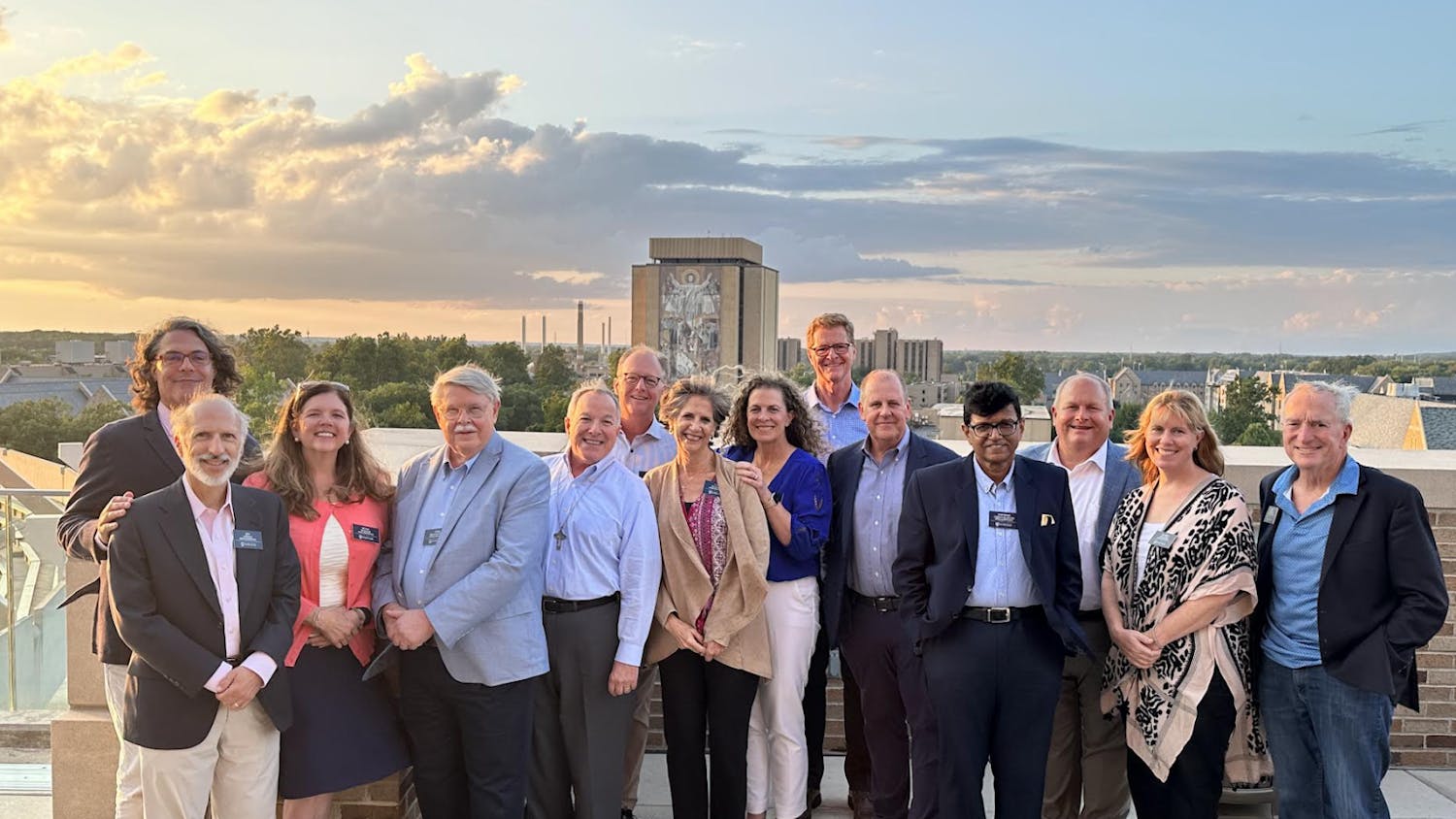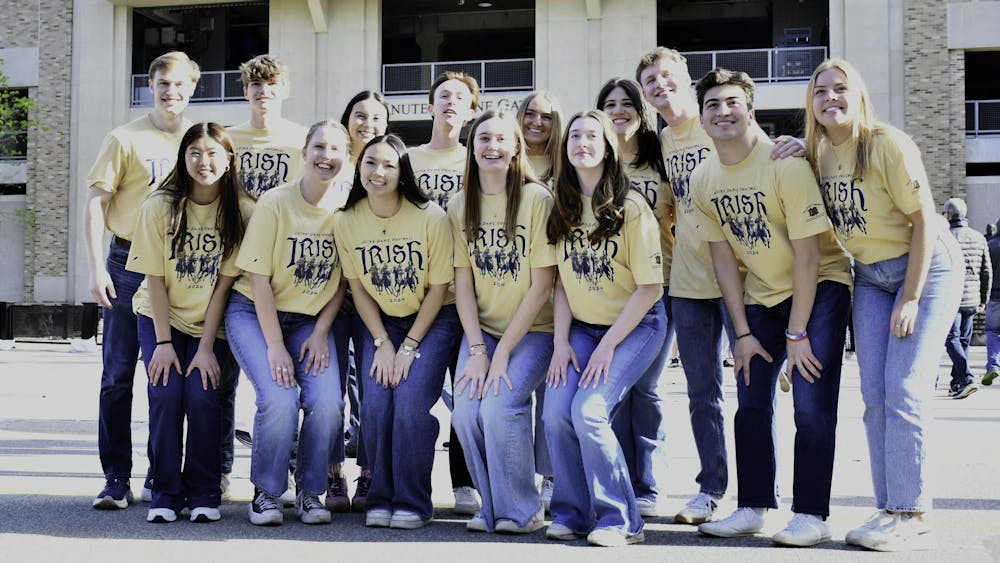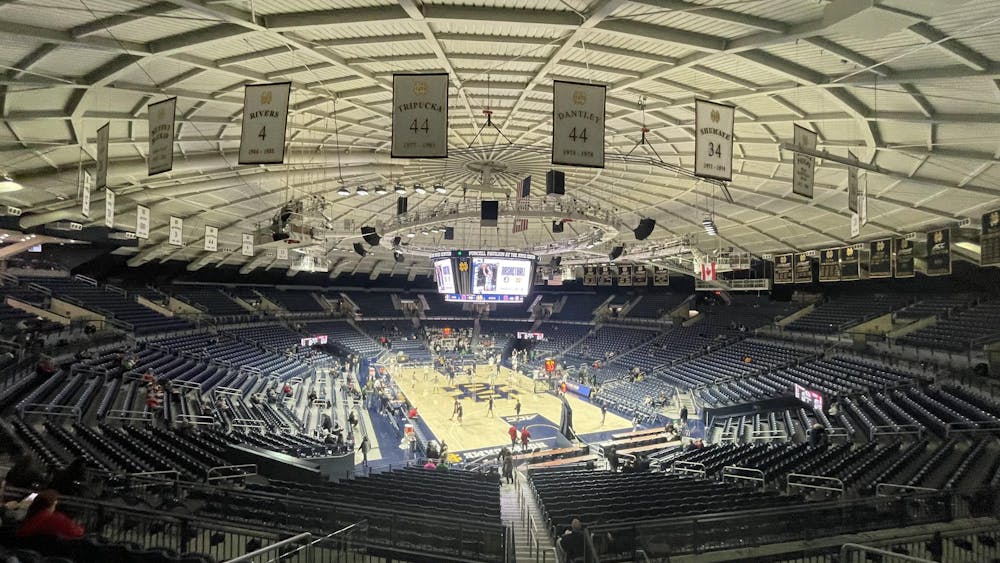The new Catholic American exhibit in the Rare Books and Special Collections section of Hesburgh Library tells the story of early American Catholics trying to find a place in both the American and global communities. The exhibit, titled “Preserving the Steadfastness of Your Faith: Catholics in the Early American Republic,” was curated by Rachel Bohlmann, American history librarian, and Jean McManus, associate librarian, who began the project in the fall of 2015.
“We started this project with a question about what kinds of materials we had in the collection about Catholics in the early period of the United States’ history,” Bohlmann said.
The final result is an exploration of the connections between Catholics and other Americans, and American-Catholics and Europeans.
“It’s a really interesting sense of how ideas are circulating around the transatlantic community,” Bohlmann said.
While some parts of the exhibit — such as the maps of Catholic and Protestant paper distributions — show the spread of Catholicism in the U.S., other parts — such as the “Flying Pamphlets” section — highlight the transatlantic communication between Catholics in America and Europe, which brought new ideas to both sides.
“The Catholic world is bigger than the boundaries of the United States because of this influx of ideas,” McManus said.
Pieces in the exhibit include some of the first Catholic Bibles printed in the U.S. by Mathew Carey; Elizabeth Ann Seton’s copy of “The Imitation of Christ;” and materials from John Carroll, the first bishop of the U.S., and Simon Brute, the first bishop of Indiana.
The exhibit takes the viewer from the 1780s to the early 1840s. The end of the exhibit coincides with the founding of Notre Dame, 175 years ago, in 1842.
The exhibit will remain open until August, when members of the Notre Dame community will recreate Fr. Sorin’s walk from Vincennes to South Bend. Providing background to Father Sorin’s story, the pieces shown highlight Catholic relations and ideas in America during a period of history that Bohlmann called “complicated” and “interesting.”
“On the one hand, people like John Carroll are trying to say there’s something particularly American about Catholicism here,” Bohlmann said. “At the same time, there’s all these transatlantic ties with books, with literature.”













